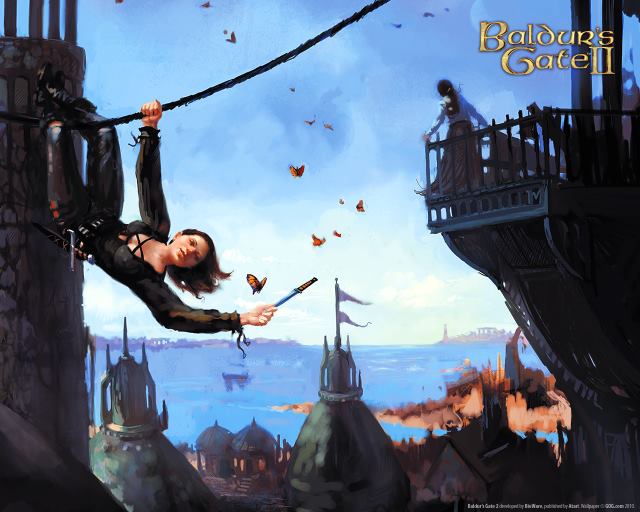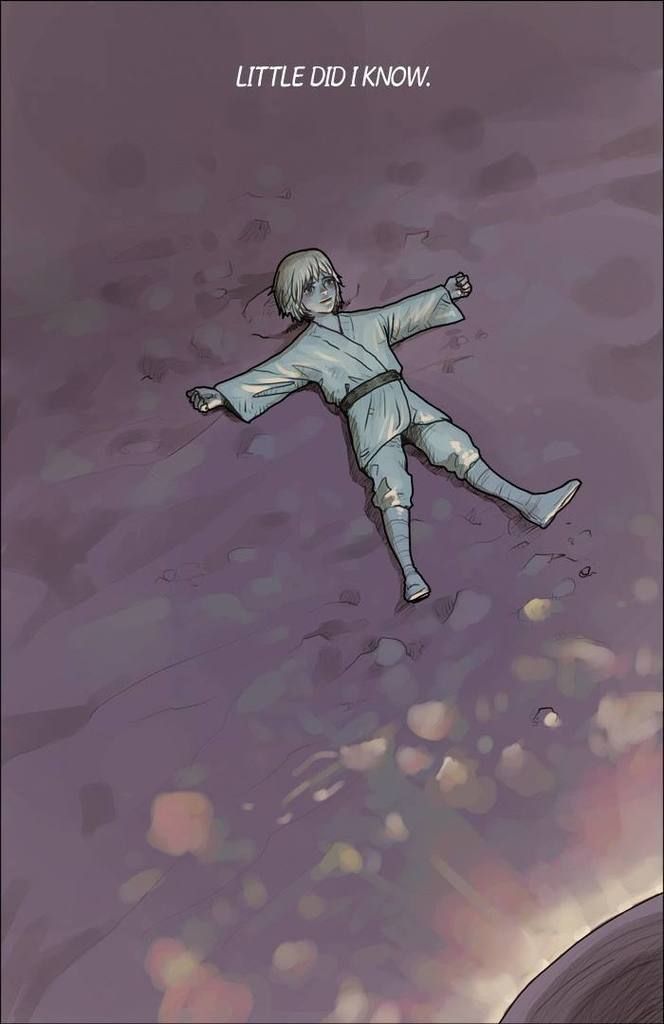After several years and many effulgent panegyrics from game critics later, I’ve finally tried out Gone Home for myself.
You play as a 21 year old girl coming home to Oregon in 1995 after a year of travelling overseas. The entire game takes place over one stormy night as you wander around the empty house wondering where your family is as you search for clues in their underwear drawers and spiral ring school notebooks.
I think it’s best to manage expectations, so let me enumerate what the game is not. It’s not a horror game, though the atmosphere may make it feel like one. It’s not an adventure game, as the puzzles barely deserve the name and one can progress forward in the game by practically doing nothing besides walking forward. It’s not a visual novel, as it offers a lot more space while at the same time having much fewer characters. But I think the visual novel is its closest comparison, as the game is essentially a 3D first-person visual novel. It’s not as simplified as a visual novel, where one can move the story forward by doing almost nothing more game-like than pressing a button over and over, but its interactivity and deliberately pared down choices certainly put it in the same narrative ballpark. Some may question whether Gone Home is a game at all, but if we can call a visual novel a game then I think we have to call this a game as well.
The narrative itself feels rather slight, and I agree with Eurogamer that the game’s story “would come across as deeply generic if it wasn’t told in such an unconventional medium”. I actually felt embarrassed on behalf of the characters when I uncovered the rather cliched teen rebellion portion of the story. The game has been lauded for its story by many gaming publications, but I think that its accolades speak as much to the low level of quality in video game writing than to Gone Home possessing an absolutely superlative narrative. I do wonder how well the game can come across if the player has no nostalgia for the setting, if the player has no personal connection to the material reality of the knickknacks and curios that continually thrust the setting’s 1995-ness forward.
I liked playing the game and thought it was a decent way to pass a few hours on a Saturday afternoon, but I concur once again with Eurogamer‘s assessment: “The Fullbright Company has built a fine house for intimate storytelling in games, but it hasn’t found the story to live in it yet.”


